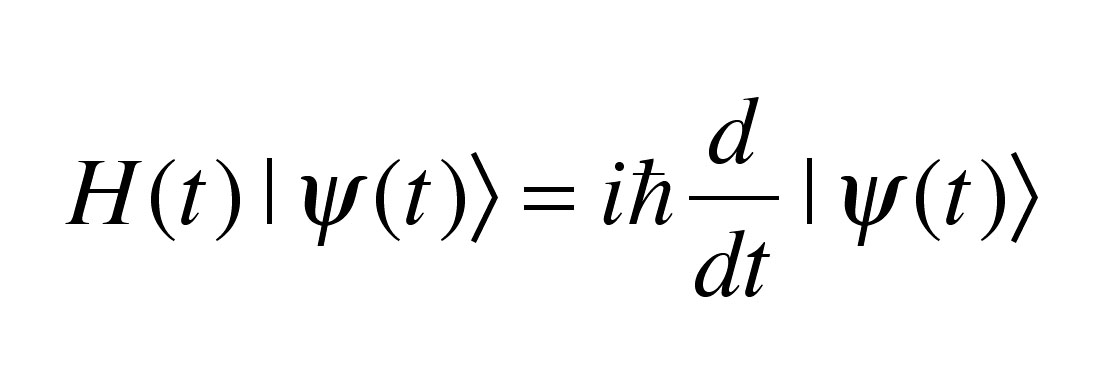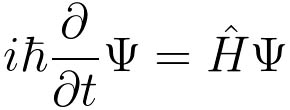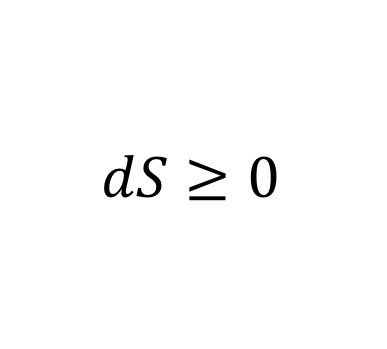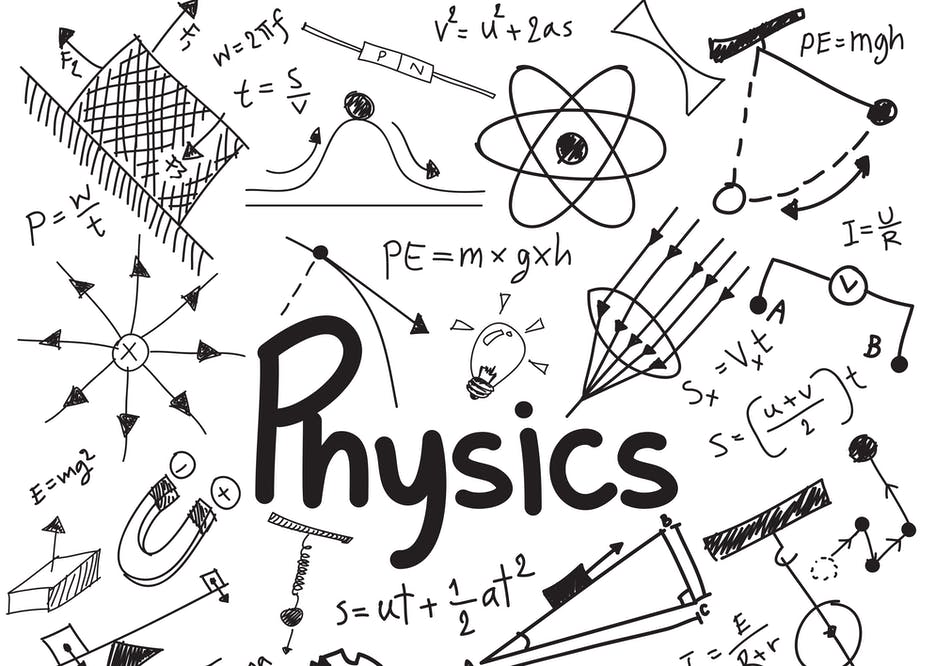Teaching
Quantum field theory

QFT is the framework which describes all the fundamental forces (except gravity) in our universe. These notes were made when i was first learning QFT through my own readings.
General relativity

General relativity (GR) is our best theory of gravity. It combines lots of areas of physics, geometry and abstract mathematics. Below are comprehensive notes that I have written for understanding general relativity from a physics perspective.
Classical mechanics

Classical mechanics describes most of the world we see around us. It is underpinned by a beautiful mathematical theory of Hamiltonian and Lagrangian mechanics. These notes present the mathematical version of classical mechanics often taught in final year undergraduate courses.
Foundations of mathematics

One thing that is often under-appreciated is that mathematics is actually a subset of philosophy (its a branch of logic). In these notes we go through the foundations of mathematics, from logic, set theory and group theory.
Quantum theory

Quantum mechanics is the most fundamental description of reality at the subatomic scale. These notes are from a 3rd year undergraduate course on quantum theory at Royal Holloway. These notes focus on the vector space (bra, ket) formulation.
Quantum mechanics

These are notes for quamtum mechanics taught in the wavefunction formaultaion, which is known to be limited. The most general formulation of quamtum mechanics is through the formulation of vector spaces (see Quantum theory notes). These notes were also written before I propely learnt latex!
Statistical mechanics

Statistical mechanics describes how ensemble of particles and fields behaves. This is an introductory course on statistical mechanics and how it relates to thermodynamics. More advanced courses also show deep connections between statistics and field theory but that is not covered here.
Magic of physics

These are summary notes for a course I taught at the University of Toronto. It was course aimed at non-physics majors who had to take a science course to complete their credits.
Teaching is something I am very passionate about. I have taught at a variety of academic levels, from high school students to masters level physics courses. Some of my old lecture notes (and other resources I have found useful) can be found below.